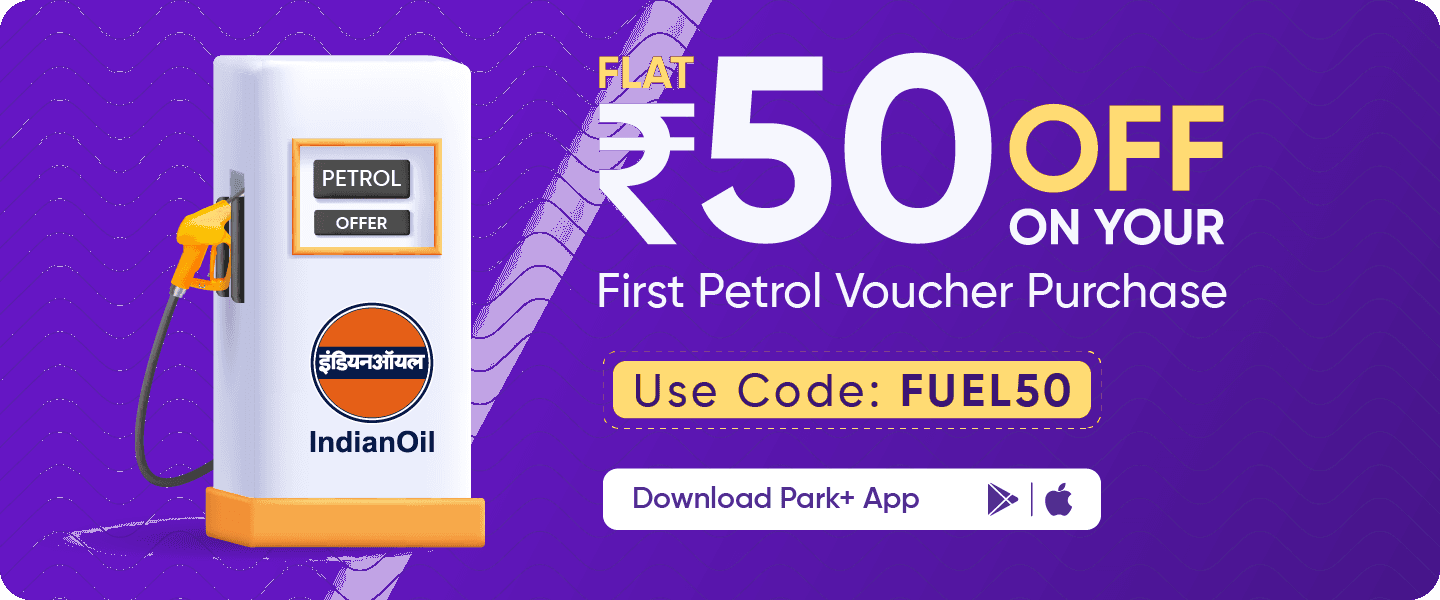Petrol and Diesel Price in Nizamabad
DayChange | Petrol-0.65 | Diesel-0.6 | CNG |
|---|---|---|---|
| Today | 108.83 | 96.97 | NA |
| 25 Nov | 109.48 | 97.57 | NA |
| 24 Nov | 109.01 | 97.14 | NA |
| 23 Nov | 109.48 | 97.57 | NA |
| 22 Nov | 109.01 | 97.14 | NA |
| 21 Nov | 109.01 | 97.14 | NA |
| 20 Nov | 108.83 | 96.97 | NA |
| 19 Nov | 108.83 | 96.97 | NA |
Note : there may be slight variations in prices across outlets within a city
Nizamabad (Induru) is a famous city in Telangana with well-connected highways. There are major roadways including National Highway 44 that connects the North to the South. The city has major industries and businesses in its surroundings. Given that this area has a number of industries, the prices of fuel play a major role in how well the economy runs. Let us take a look at CNG, diesel and petrol prices in Nizamabad.
Petrol price in Nizamabad
The petrol price in Nizamabad today is ₹ 108.83 per litre. Despite the daily revisions in petrol rates, the government has managed to control major fluctuations with minimal changes to the daily rates of petrol. These fluctuations include the state taxes too. The increase in private vehicles has led to increased demand for petrol and faster travel is a new reality. Although during and post-pandemic conditions brought down travel. It is soon catching up and increasing in greater strides daily.
Diesel price in Nizamabad
The diesel price in Nizamabad is ₹ 96.97 per litre. Nizamabad is a major route requiring high use of heavy vehicles for transport. This is the main factor contributing to the high demand for diesel. Along with a functional inter-city transport set-up, these help students who travel by these routes since many come to Nizamabad for their further studies. There have been minor changes in diesel prices. These changes make a colossal difference since diesel for these vehicles are purchased in bulk. Keeping track of daily fluctuations can help you save money.
The precarious rates
Since June 2017, the prices of petrol have been revised on a daily basis. This is called “Dynamic Fuel Price” which accommodates the daily change and revisions of the rate of petrol and diesel. The value of the Rupee against the Dollar is considered. Changes in the cost of crude oil and global demands change daily based on global happenings. Taxes are also included such as Excise Duty and VAT.
The Oil Marketing Companies or OMCs such as Bharat Petroleum Corporation Ltd (BPCL), Indian Oil Corporation Ltd (IOCL) and Hindustan Petroleum Corporation Ltd (HPCL) revise fuel prices daily. This ensures that India is on par with other nations and on the same international benchmark. The OMCs also pay a commission to the fuel dealers. This has led to skyrocketing prices for petrol and diesel in Nizamabad.
Nizamabad has evolved and grown independently. This has led to increased demand for petrol and diesel. Oil refinery companies in India find it difficult to keep up with these rising demands. Local government policies also affect fuel rates. These companies have to buy crude oil in dollars. So the strength of the rupee against the dollar causes major complications.
Additionally, logistics is a contributing factor to this issue. Petrol and diesel are transported to remote areas and this is also added to the end rates of fuels.
There is slow growth in most of the world economies. This has led to some reduction in demand for crude oil ultimately leading to a recession that may happen the world over. This can bring petrol prices down. At present, India is consuming five million barrels of petroleum on a daily basis. It imports nearly eighty-five per cent of crude oil. This demand is not going to go down for another twenty to twenty-five years despite global awareness of climate change.
Conclusion
While the daily demand for fuel increases, there will be no reprise from these rising rates unless the demand drops. The government is also trying to bring down the use of fossil fuels to save the climate. Also, the rise in battery-operated vehicles may bring down the rates of petrol and diesel.
However, there is a solution that will help you keep up with the changing rates. Download the Park+ App to stay updated with the fluctuations on a daily basis.
FAQs
Will the petrol price in Nizamabad come down?
The petrol price in Nizamabad may eventually come down. An increase in oil prices contributes to inflation, and you observe fluctuations in petrol rates. When we measure the overall price of crude oil and its subsequent products, we can see an overall increase in the rates of commodities.
While the cost of crude oil etc. is a common factor, other factors that affect the prices of fuel are political tensions in different countries. For example, the war by Russia on Ukraine led to a surprise rise in fuel prices, and they have not receded still.
While the government has reduced excise duty to control the prices of fuel, it is highly unlikely due to global situations. On the other hand, the world over we are facing recession or fear of recession. So it is still possible to have rates come down in the future.
Where does India get crude oil from?
India imports most of its oil from the Middle East - mostly from Iraq and Saudi Arabia.
Can lower inflation help the economy?
When there is inflation, the prices of petrol and diesel go up. However, if the banks can raise the interest rates this will slow the growth and might impact the economy. However, this will reduce petrol rates eventually.
